Deadhead Regularly
As the ranunculus flowers grow, be sure to deadhead regularly using pruning tools to remove any dead or dying flowers above the leaves. Removing all dead flowers will encourage the plant to produce more flowers.
Fertilise the Bulbs
Once your flower buds begin to appear, introduce some liquid fertiliser formulated for flowers to your soil. You can also add an additional application of fertiliser once the flowers are finished growing to improve the following year’s display.
Pest and Disease Advice
Numerous forms of pests and diseases can pose a threat to your Ranunculus plants. Knowing how to deal with them is just as important as knowing how to prevent them.
Pests
Some common pests that can be an issue if left unchecked include aphids, slugs, and snails. Aphids are small sap-sucking insects that cause leaves to become discoloured and wilt. Located on shoots and the underside of leaves, they will excrete honeydew that can attract other pets, such as ants. Aphids can be removed with a quick spray of the garden hose or a soap spray to coat the leaves and shoots.
Slugs and snails eat tender leaves and shoots, and because they are most active at night, they can be a nightmare to deal with. Luckily, they leave a trail behind, meaning you can find them and remove them. You can also place traps to deter them and remove their hiding places, typically dark corners filled with damp or rotting organic material.
Diseases
Mildew is a fungal disease that causes the leaves and shoots to weaken, eventually causing the plant to die. The two types of mildew that affect Ranunculus are downy mildew and powdery mildew.
Downy mildew produces yellow to grey-brown patches to appear on the underside of the leaves. To remove the downy mildew, water the plant at the soil level, carefully avoiding the leaves. Remove any leaves that are affected and ensure the plant isn't overcrowded. If you notice the problem persisting, then a fungicide will do the job.
Powdery mildew is caused by fungal spores that reproduce on the leaves of the ranunculus, initially showing as white spots before spreading rapidly across the affected areas of the plant. Powdery mildew is unlikely to kill the plant but is unsightly. To remove powdery mildew, water the plant at the soil level, preventing the spores from spreading further. Remove any affected leaves; if the issue persists, an appropriate fungicide will handle the fungus.
Companion Plants
If you’re looking for the perfect plants to grow alongside your ranunculus, then we have a great selection of flower seeds to choose from including:
All of these flowers make great companion plants for your ranunculus, allowing you to have a garden blooming with colour and a wide selection of incredible plant varieties.

 How to Grow Ranunculus
How to Grow Ranunculus

 Soil Preparation
Soil Preparation

 How to Plant Ranunculus Bulbs
How to Plant Ranunculus Bulbs
 Plant Care and Tips
Plant Care and Tips

 How to Harvest Ranunculus Flowers
How to Harvest Ranunculus Flowers

 How to Grow
How to Grow
 Soil Preparation
Soil Preparation
 Planting
Planting
 Plant Care
Plant Care
 Harvesting
Harvesting













































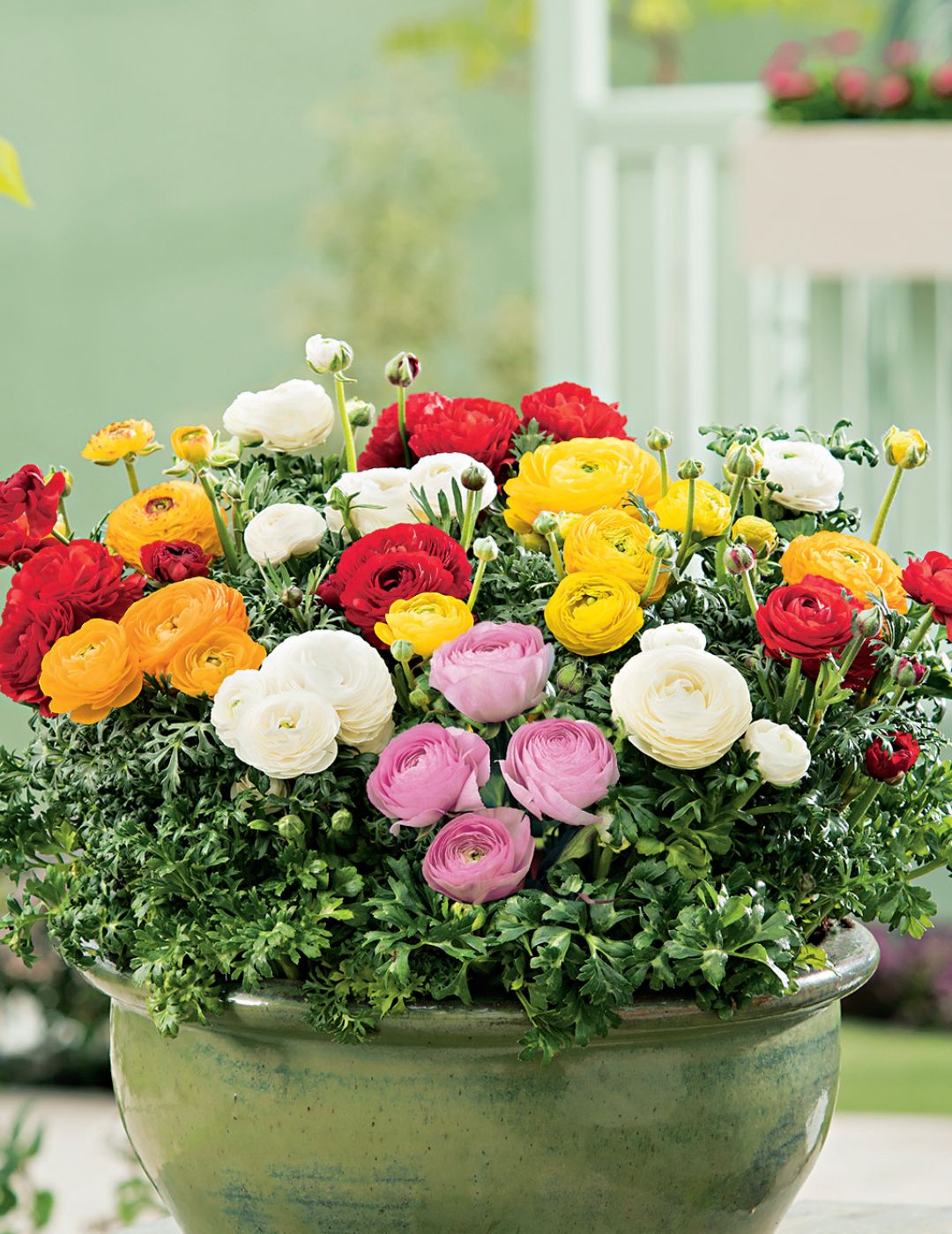
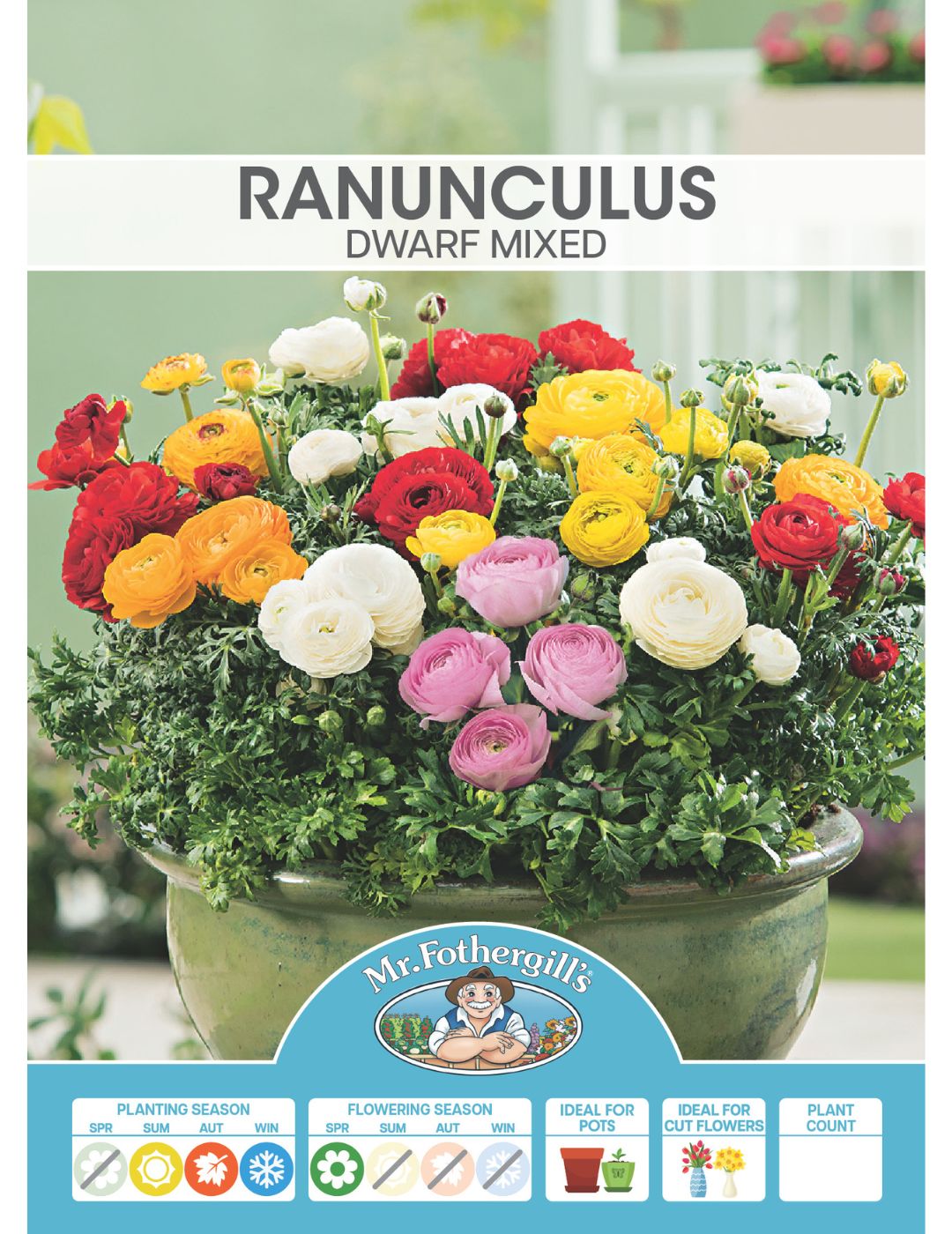
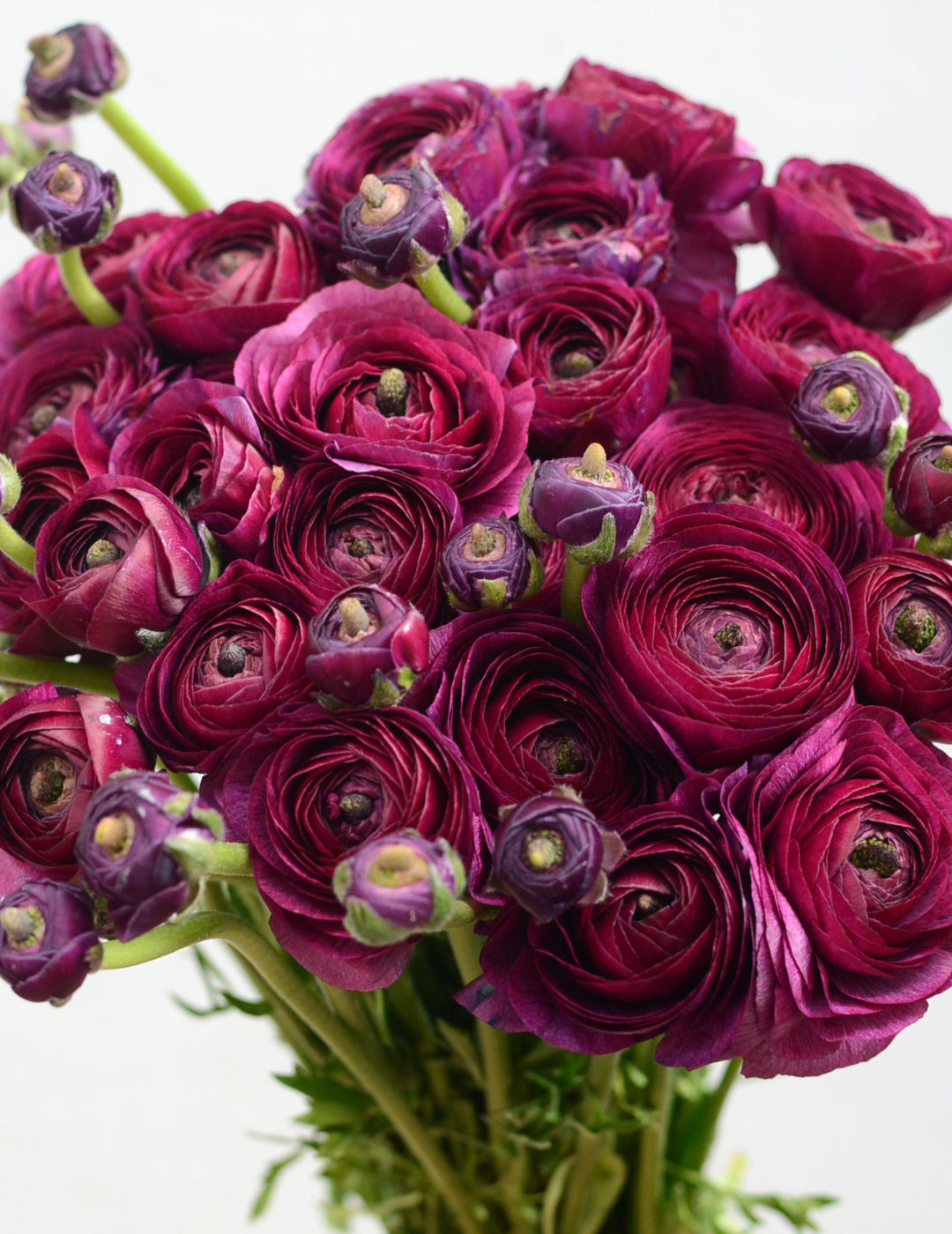
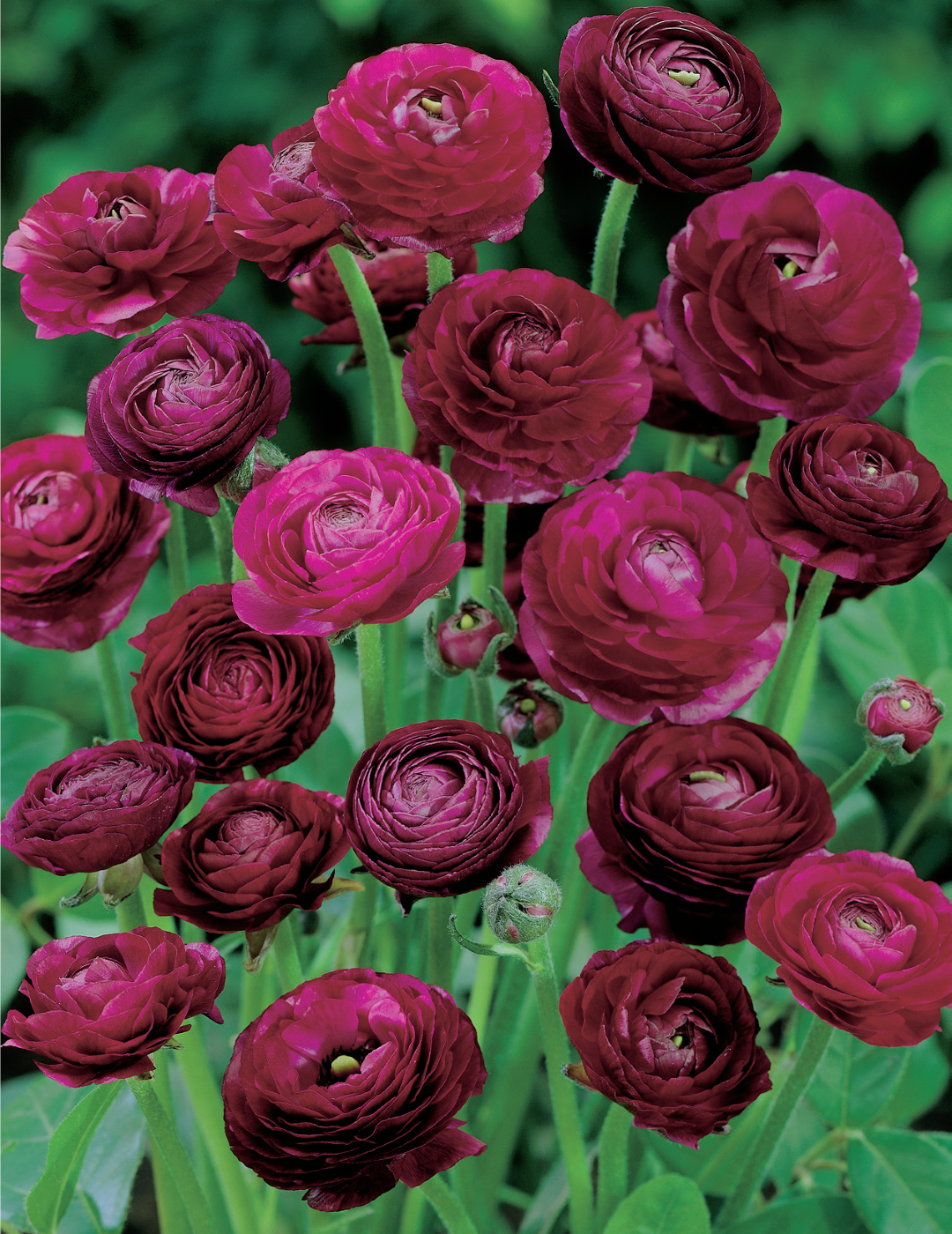
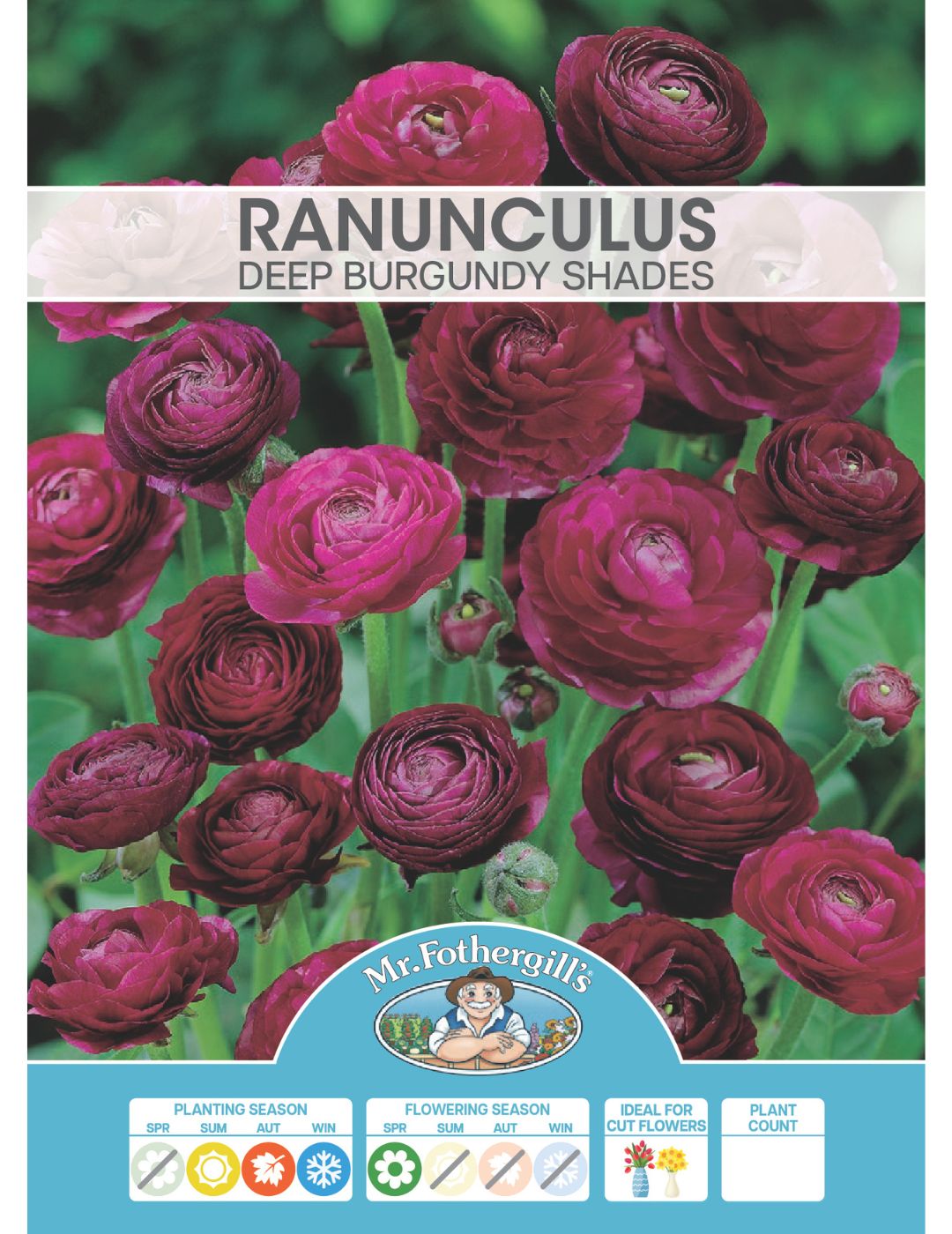
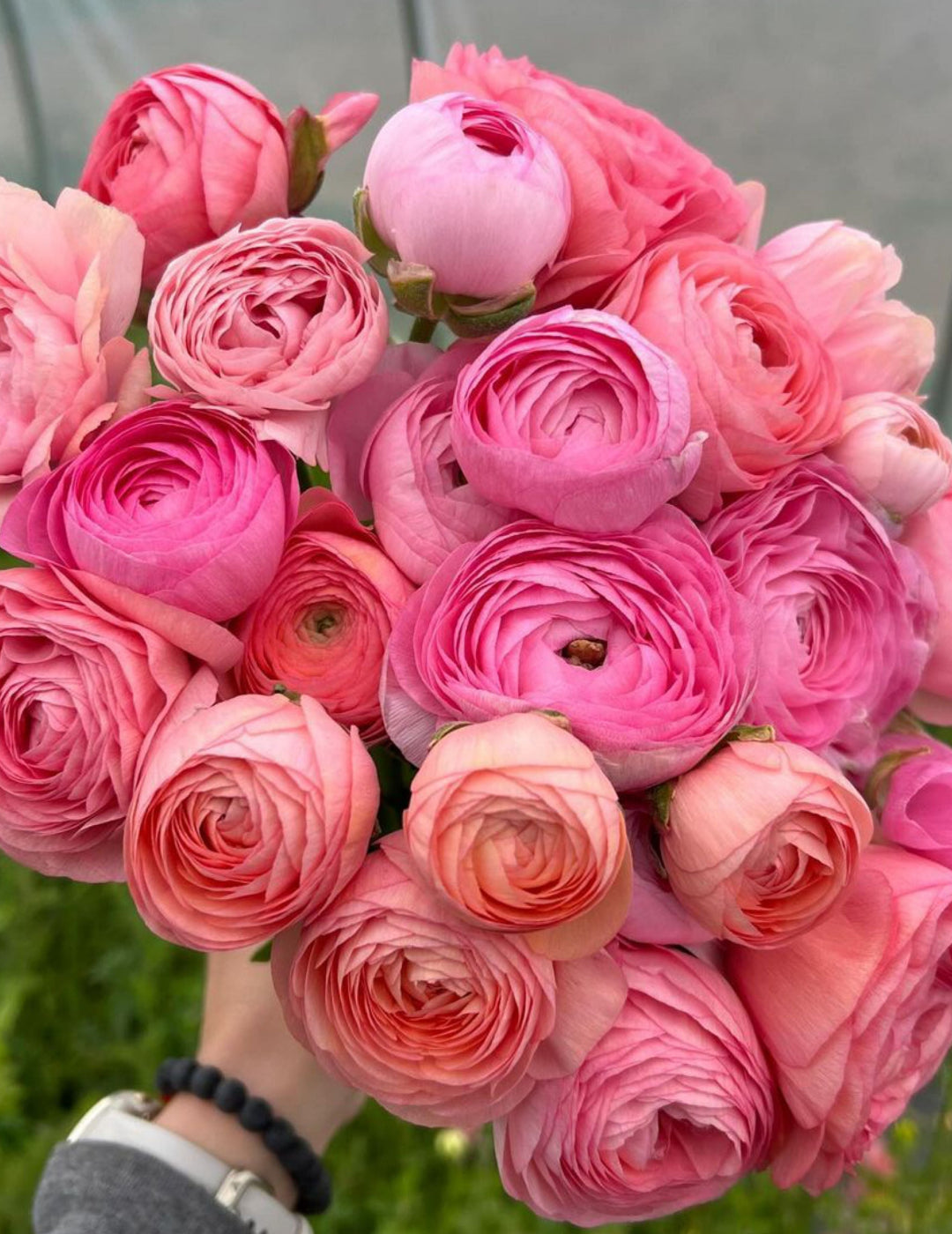
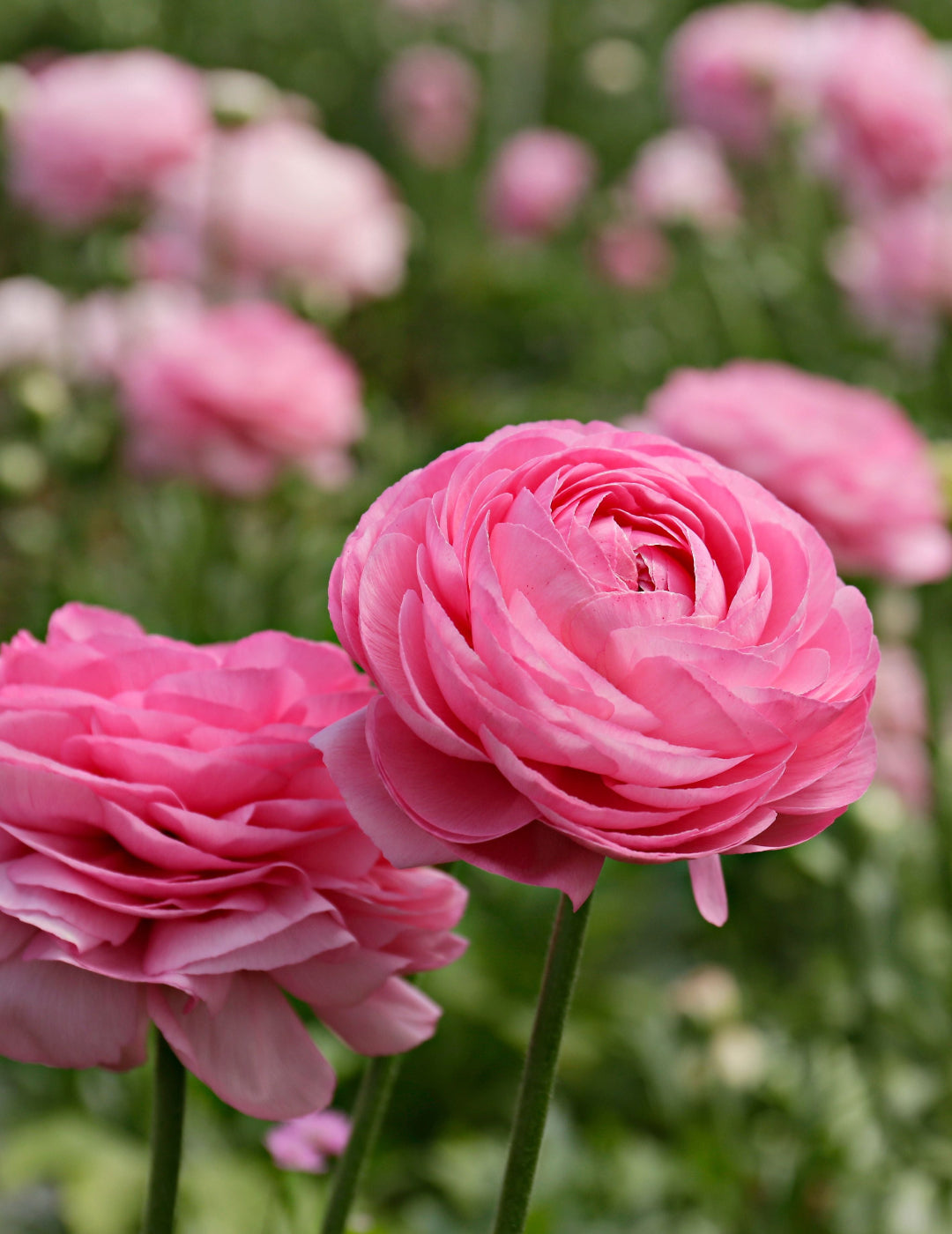
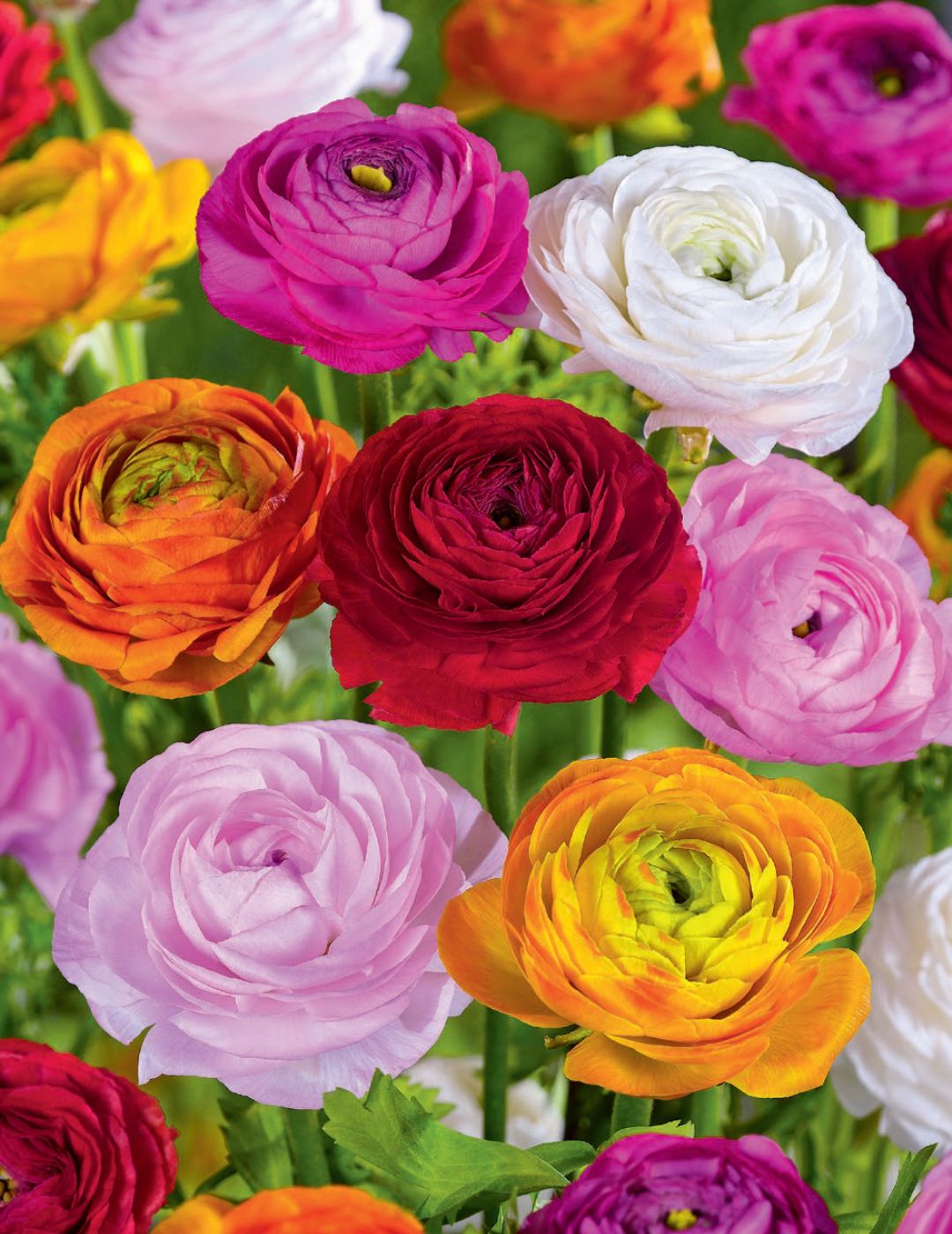
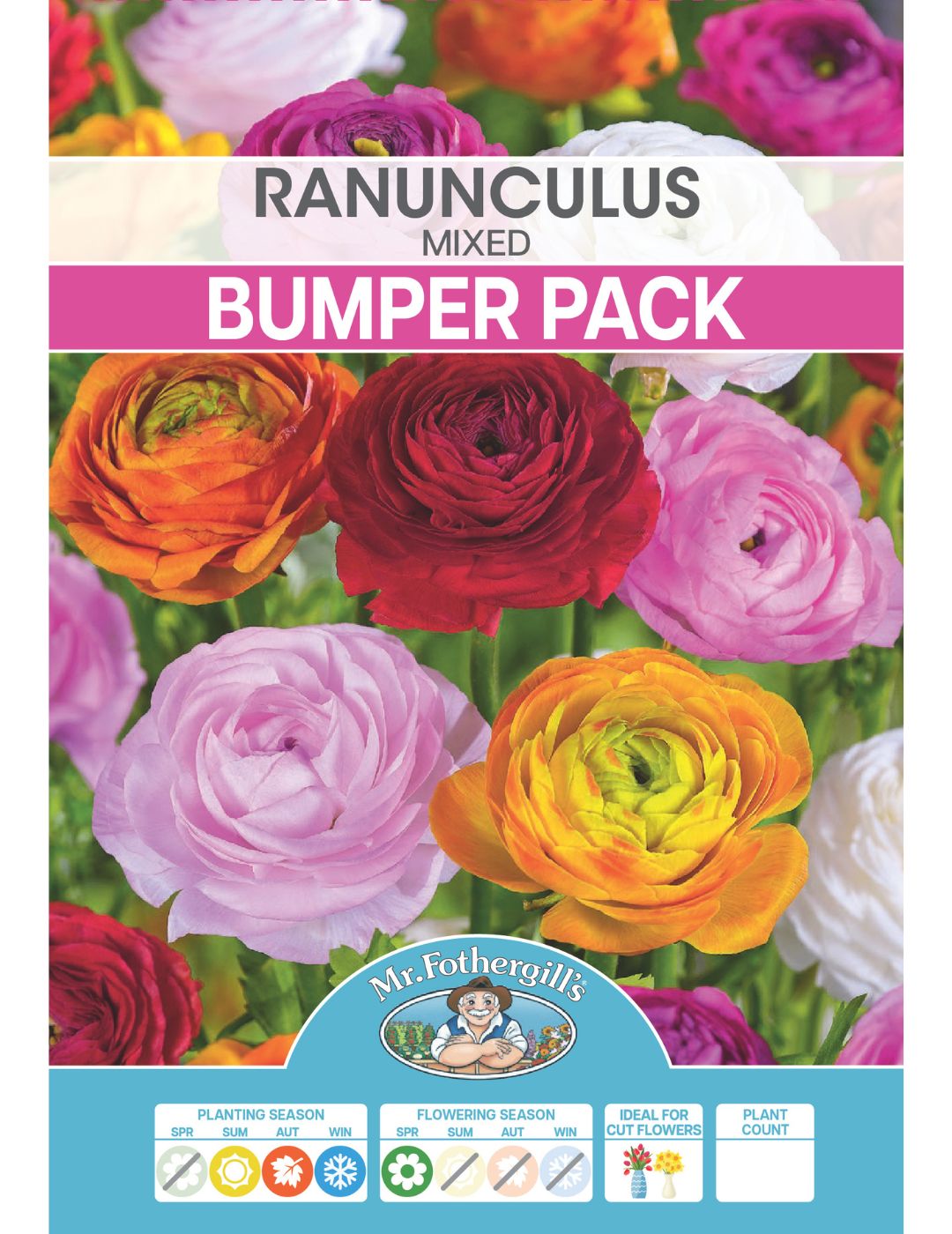
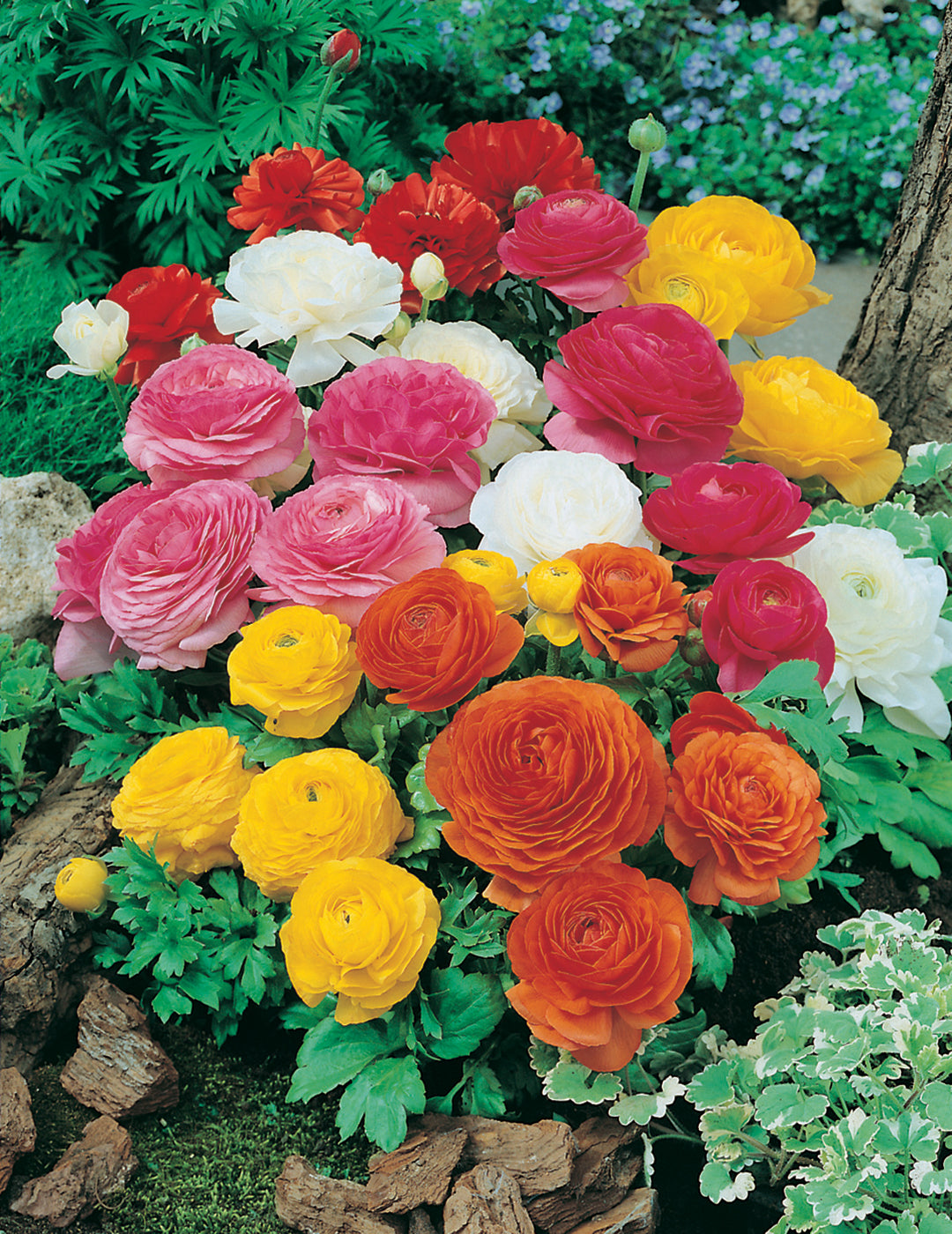
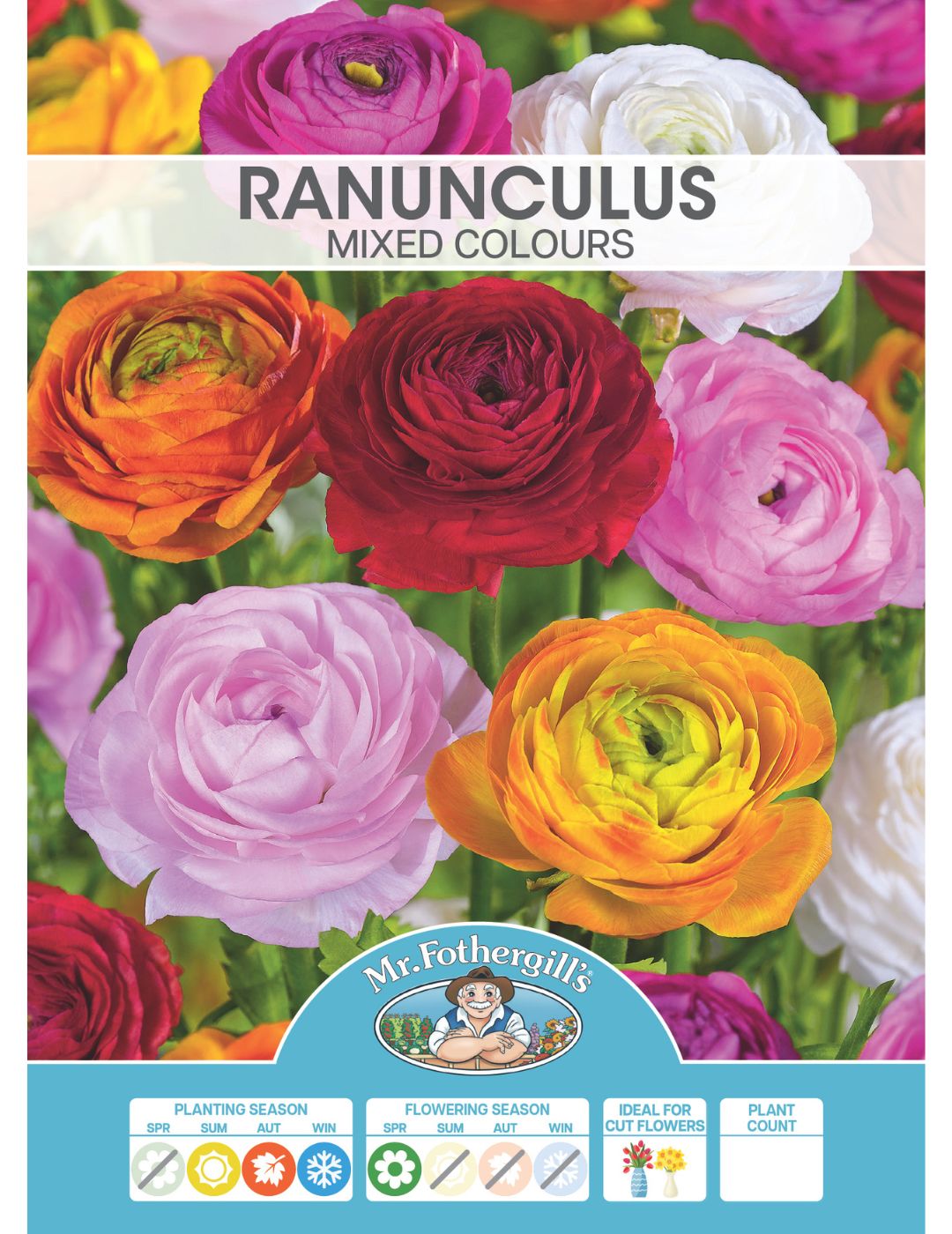
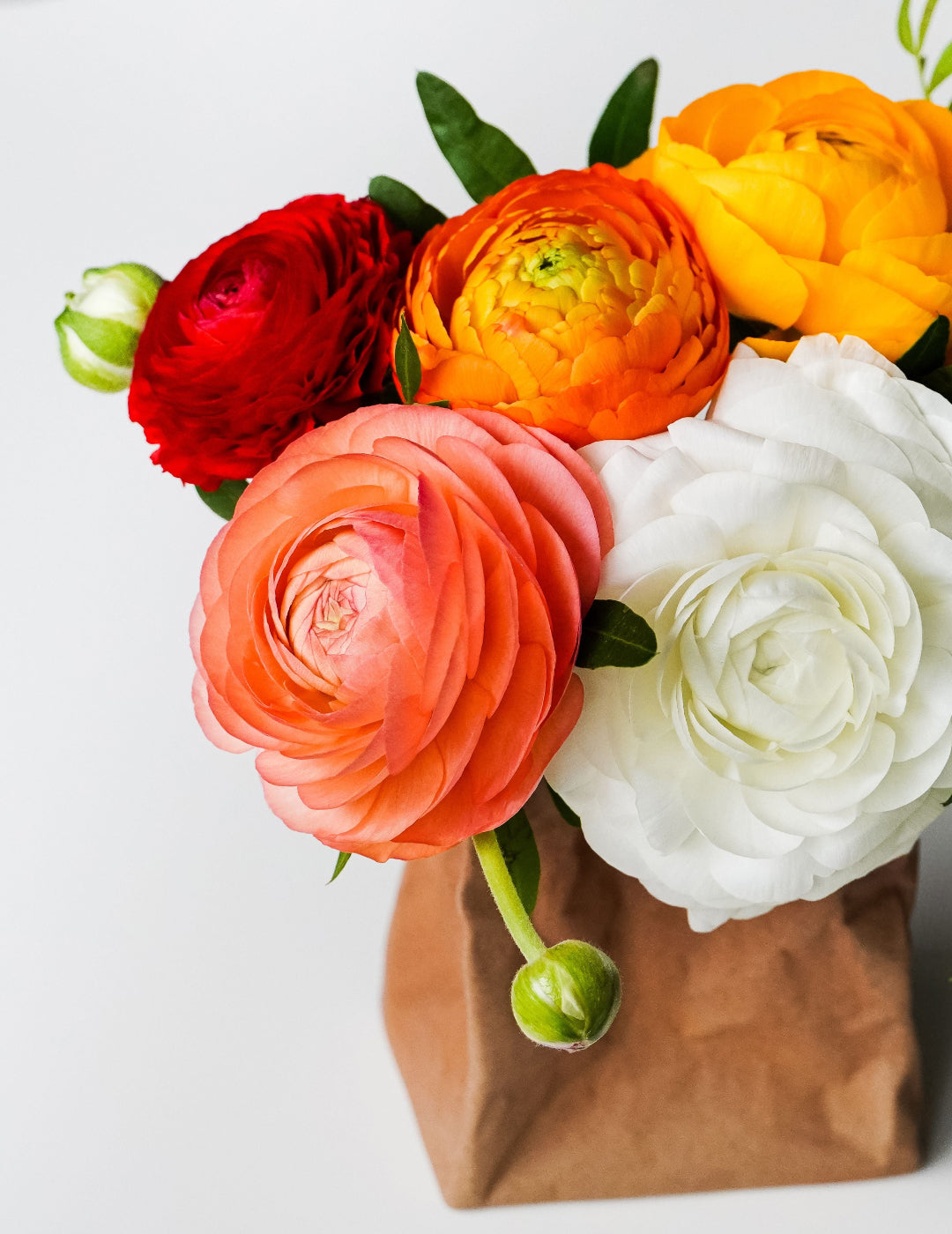
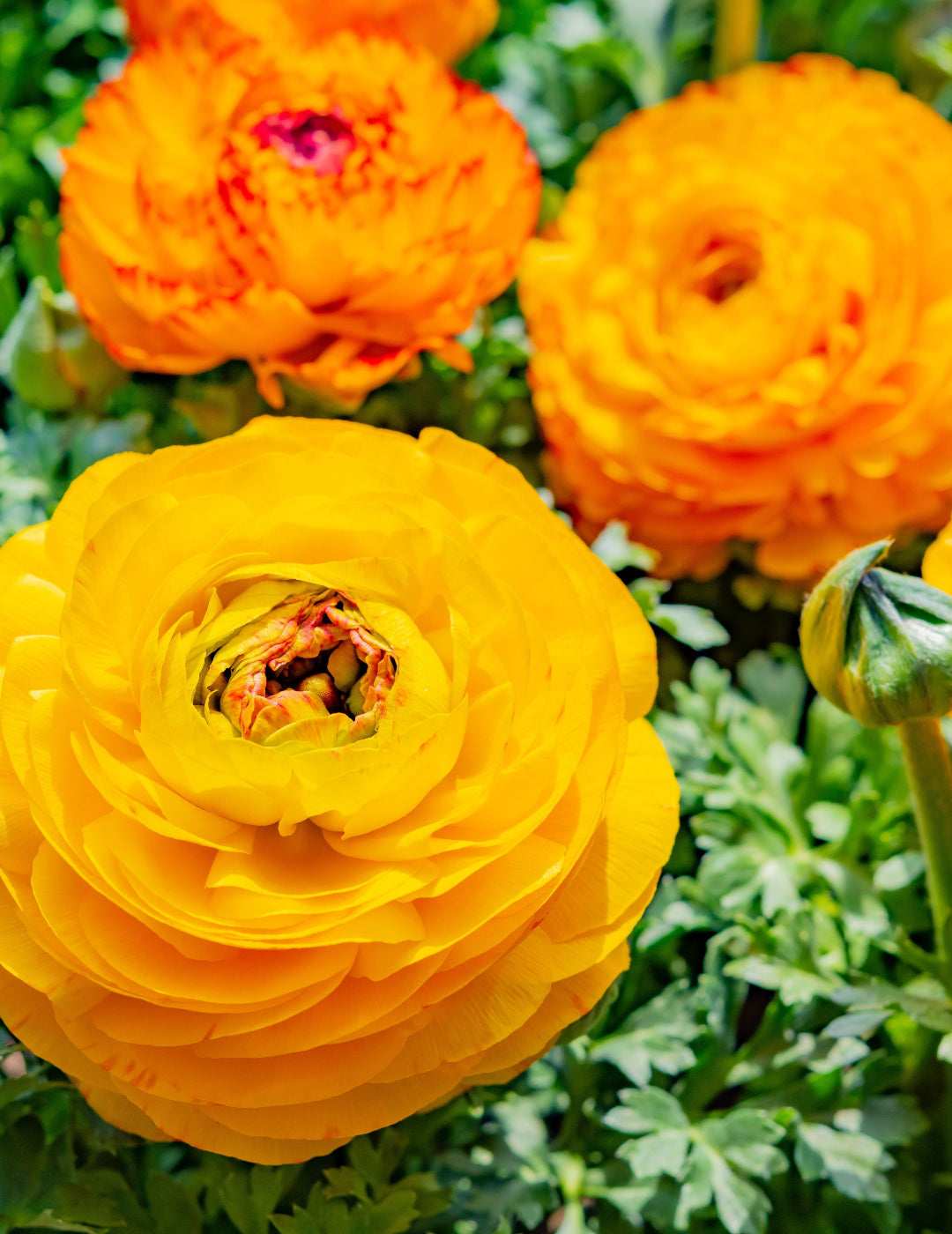
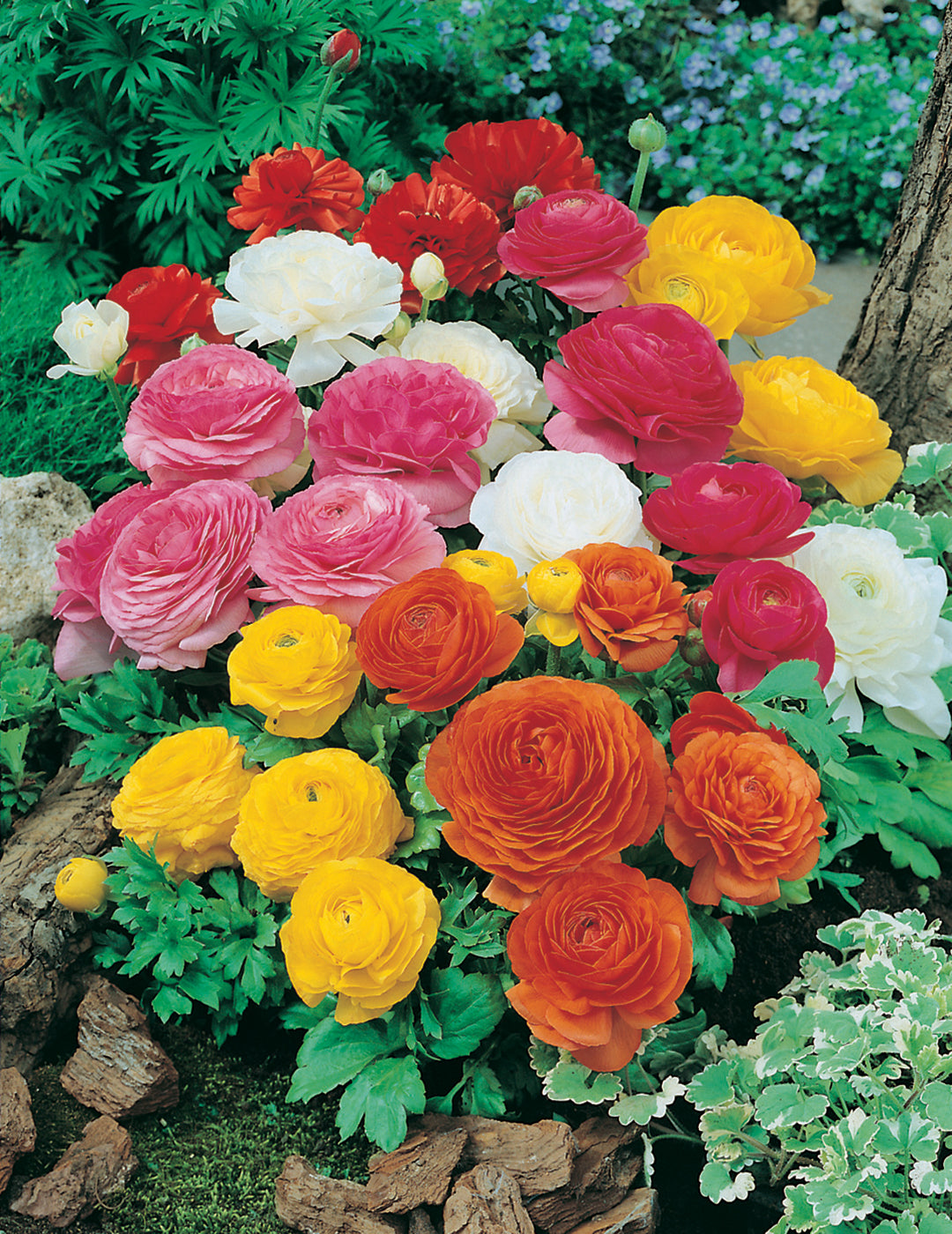
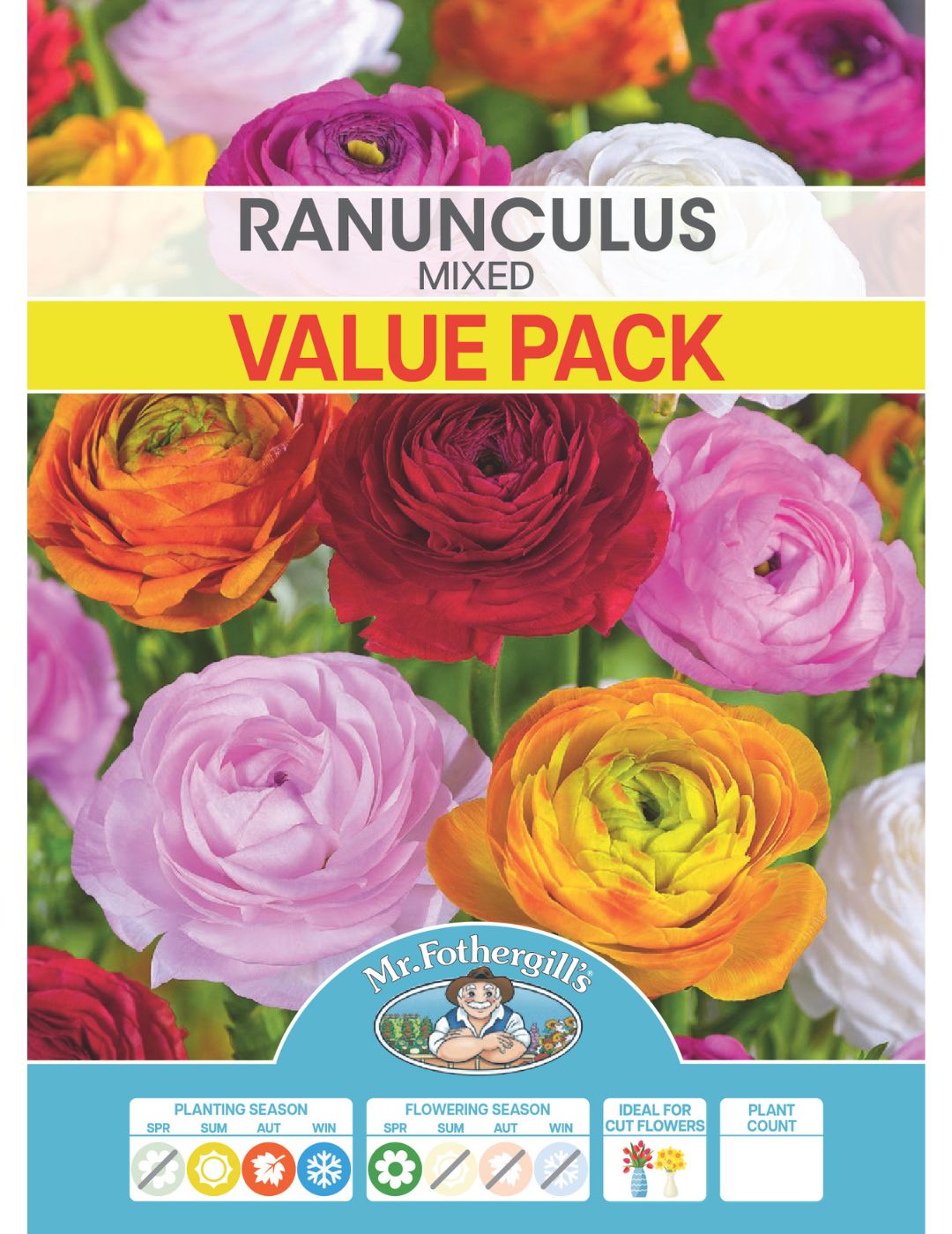
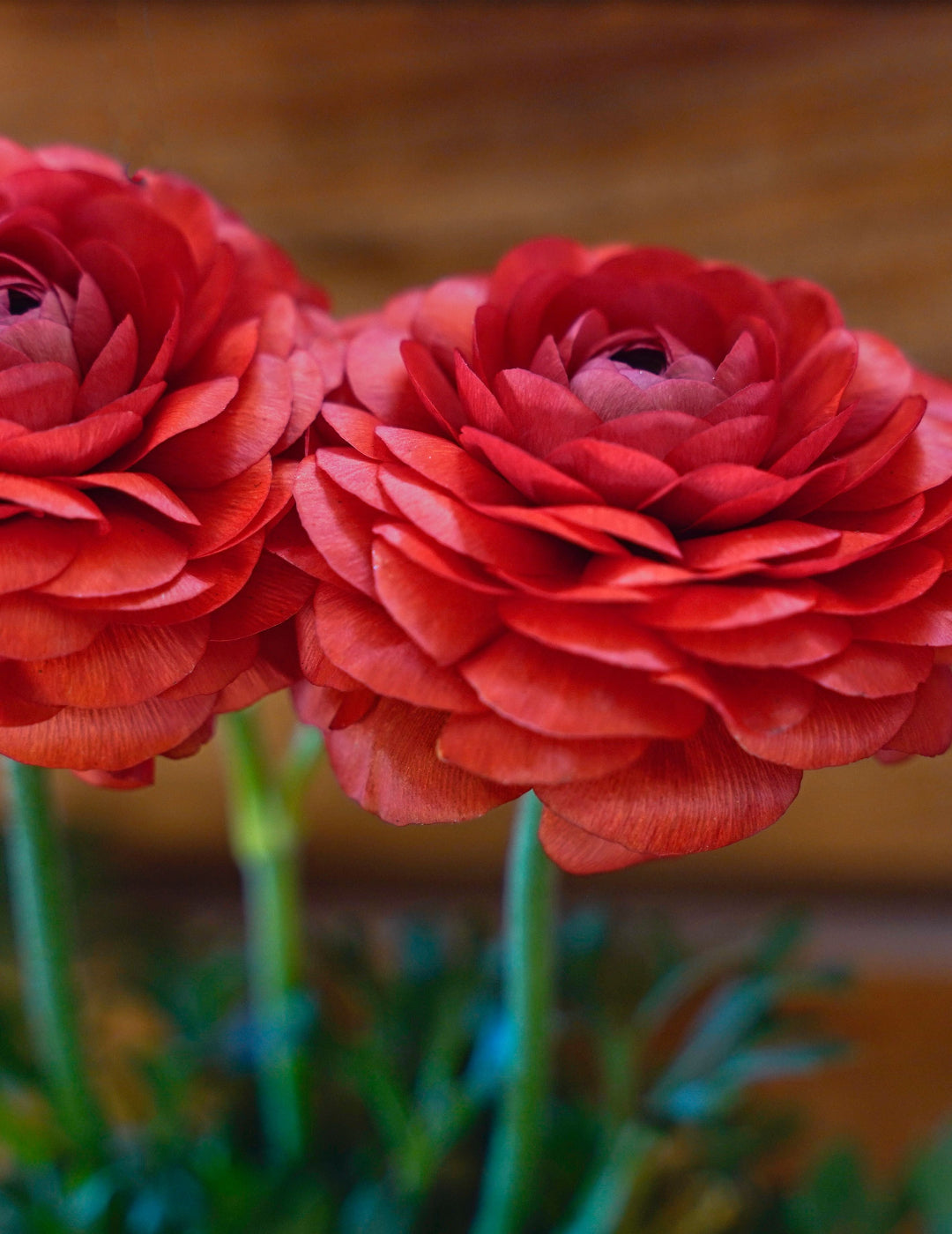
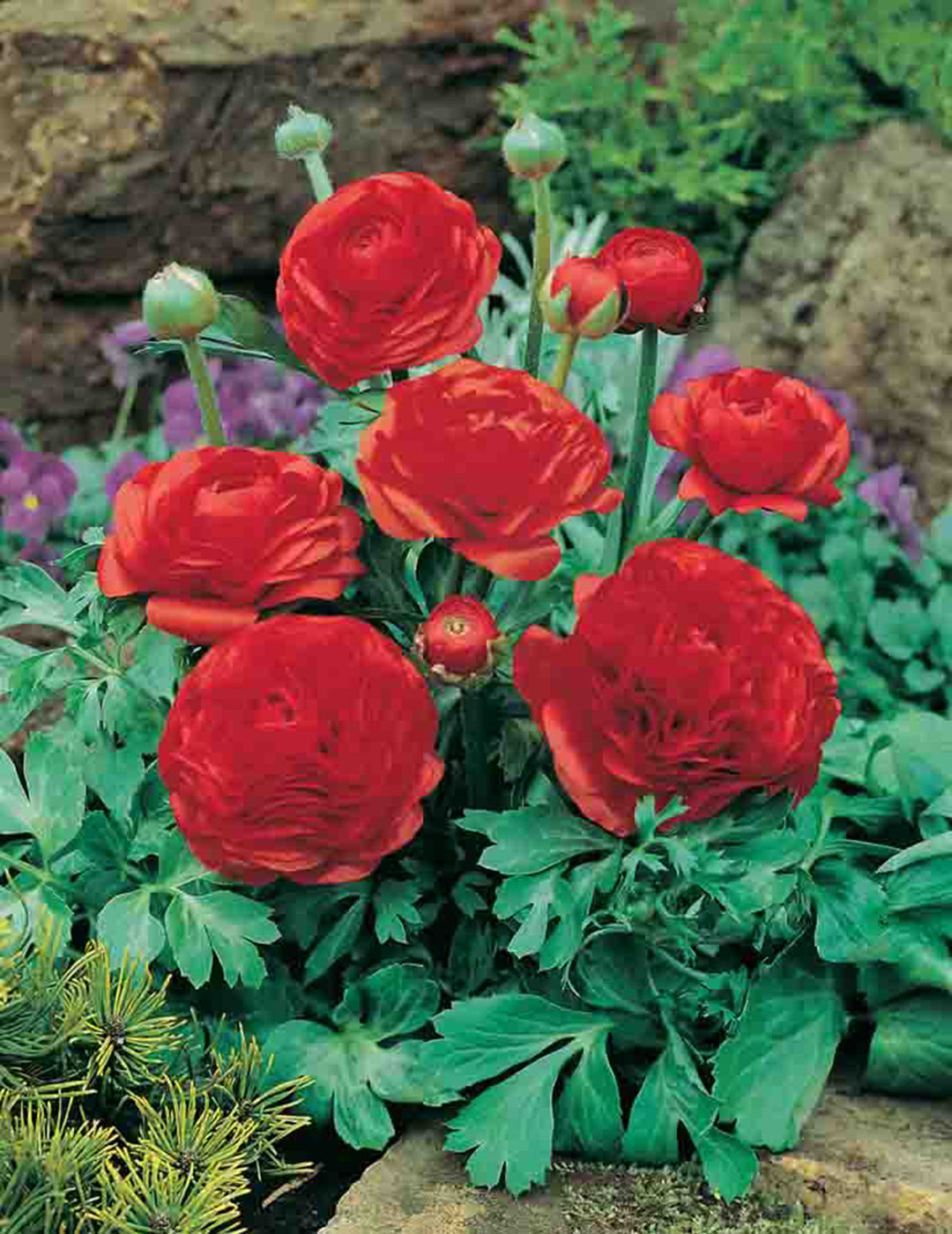
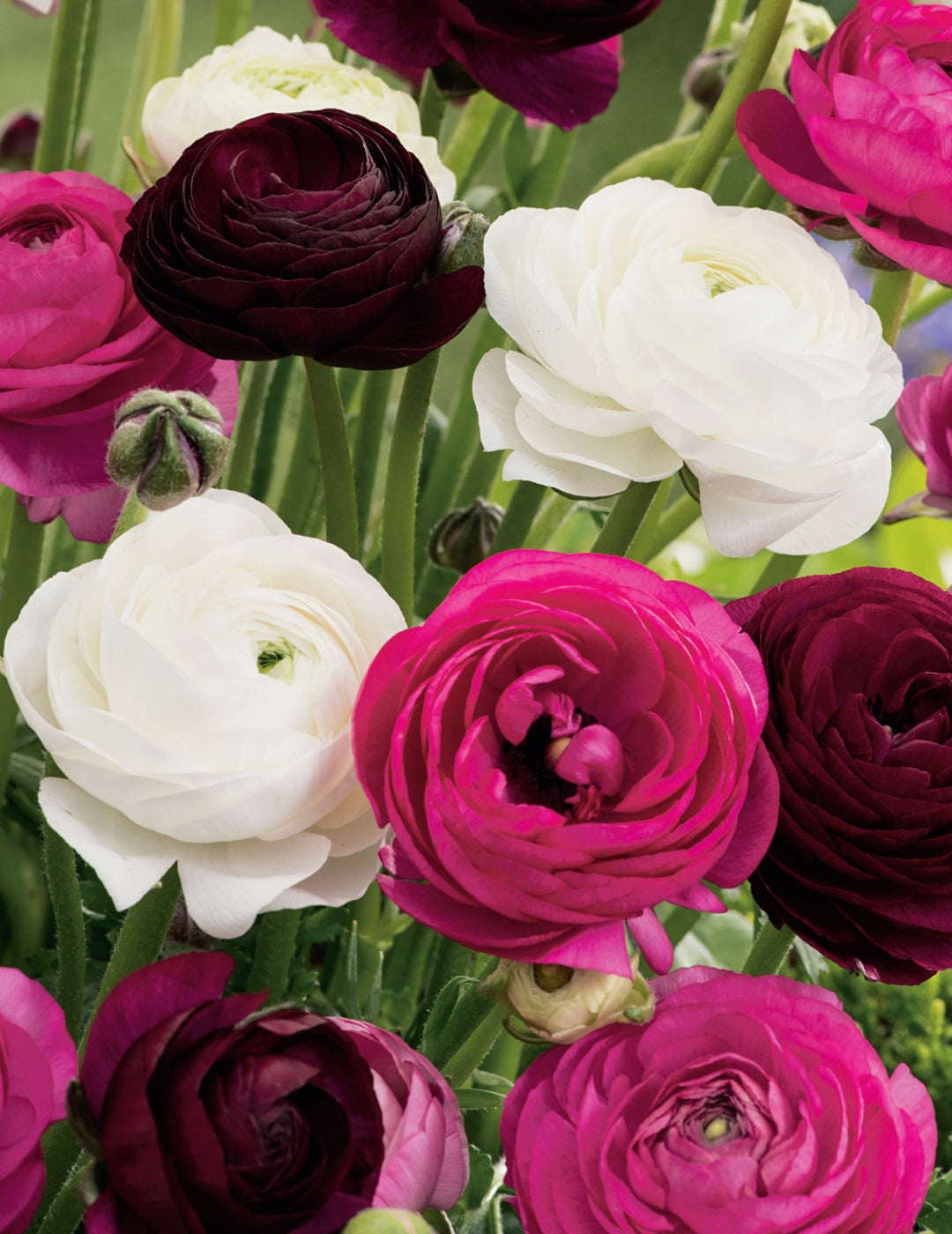
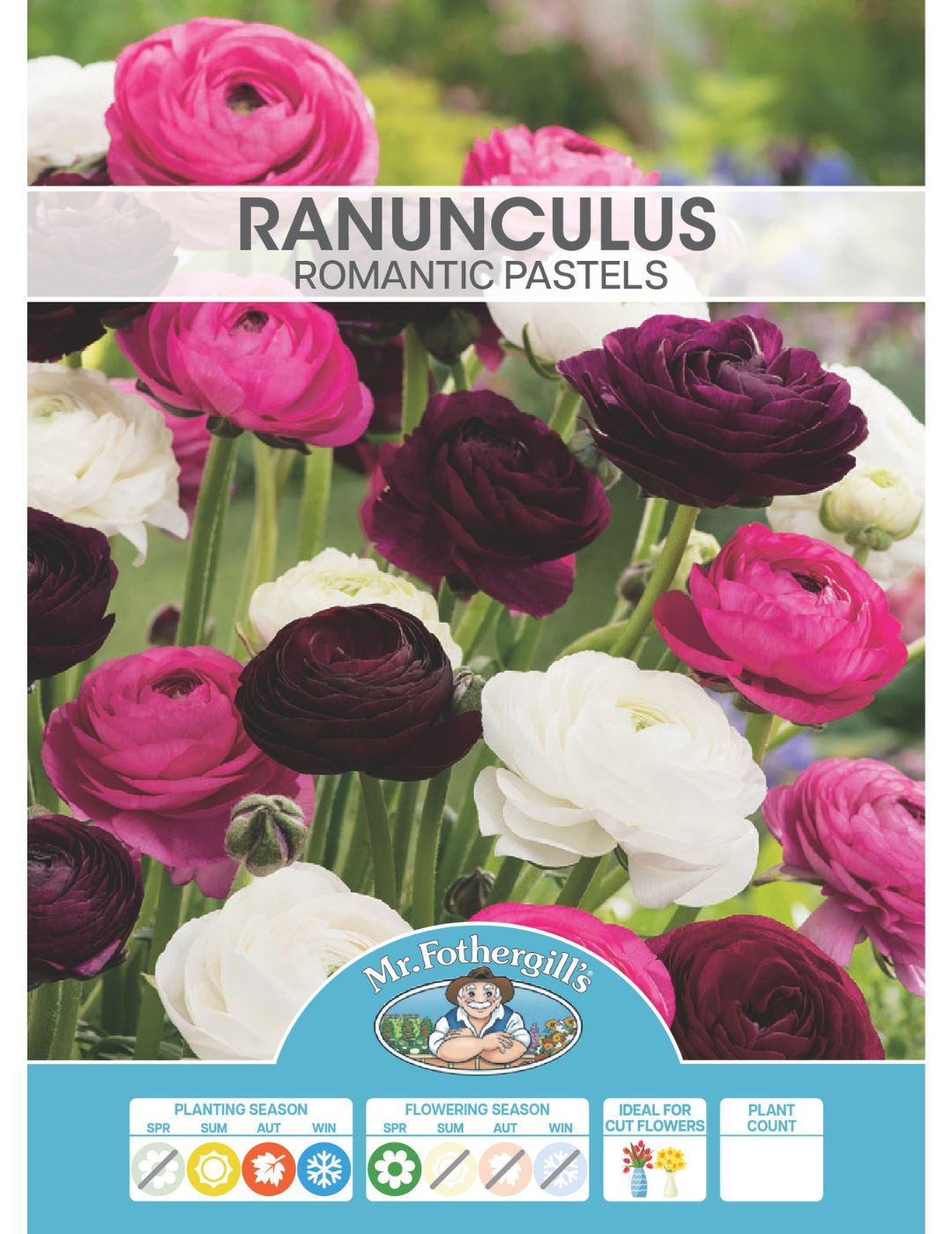
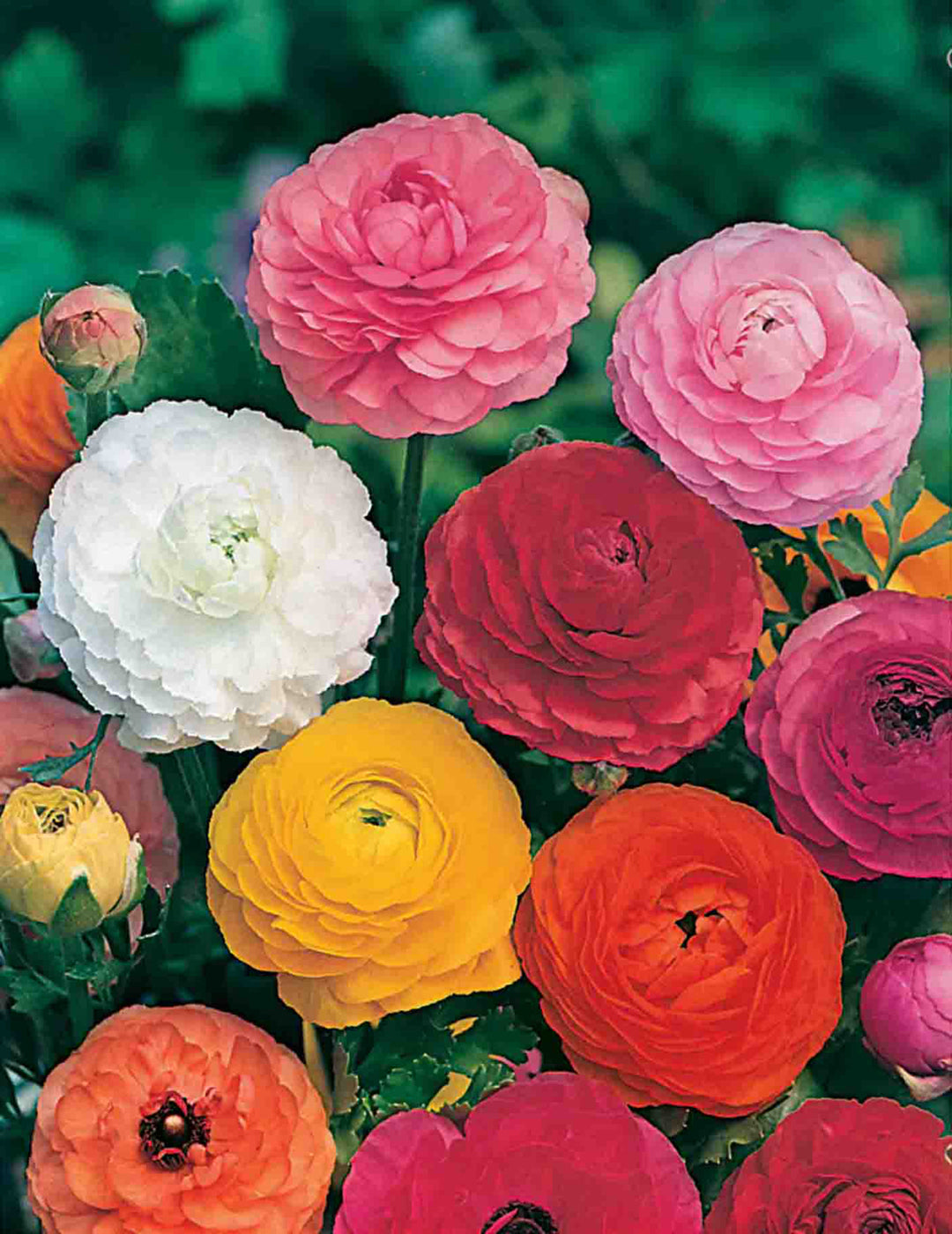
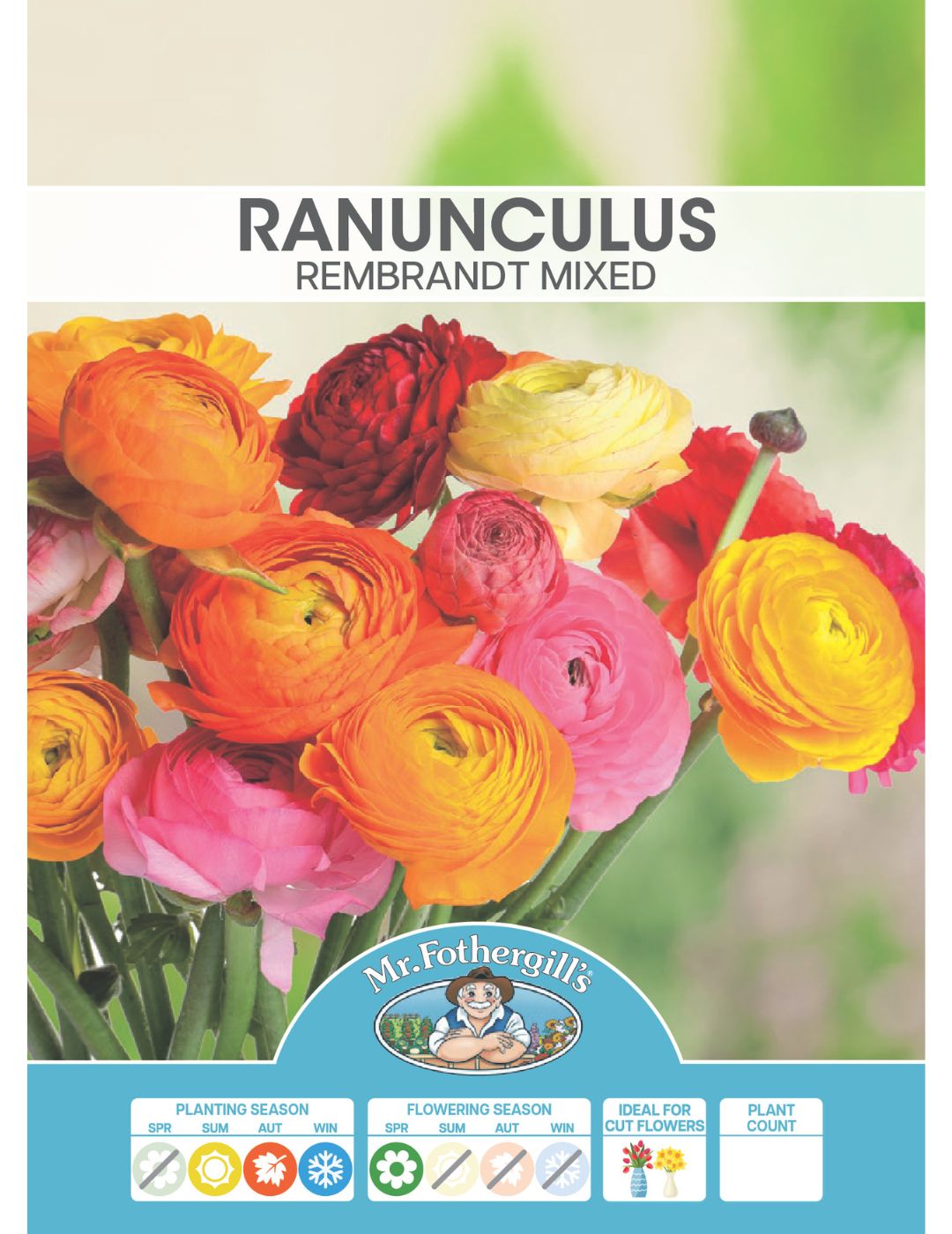
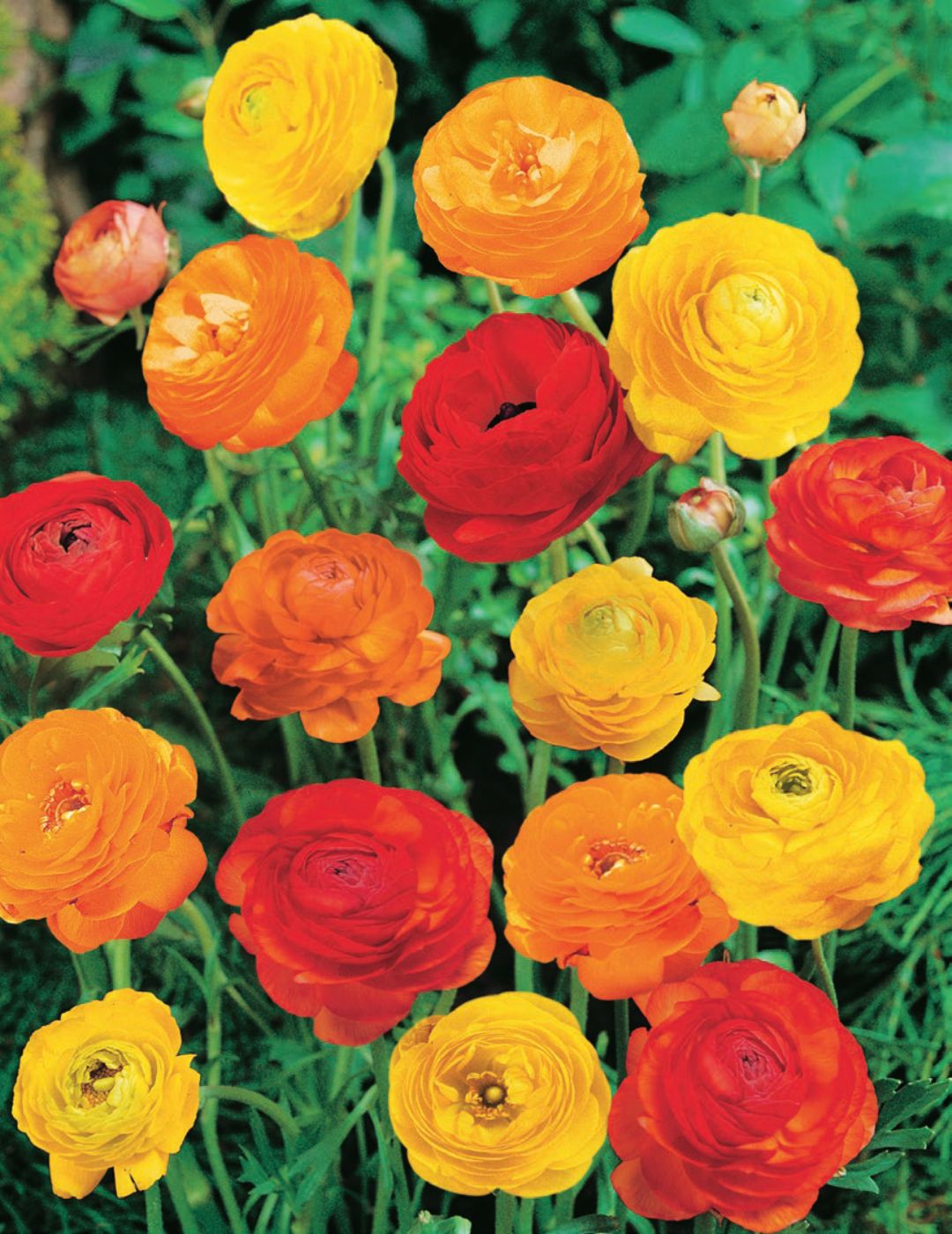
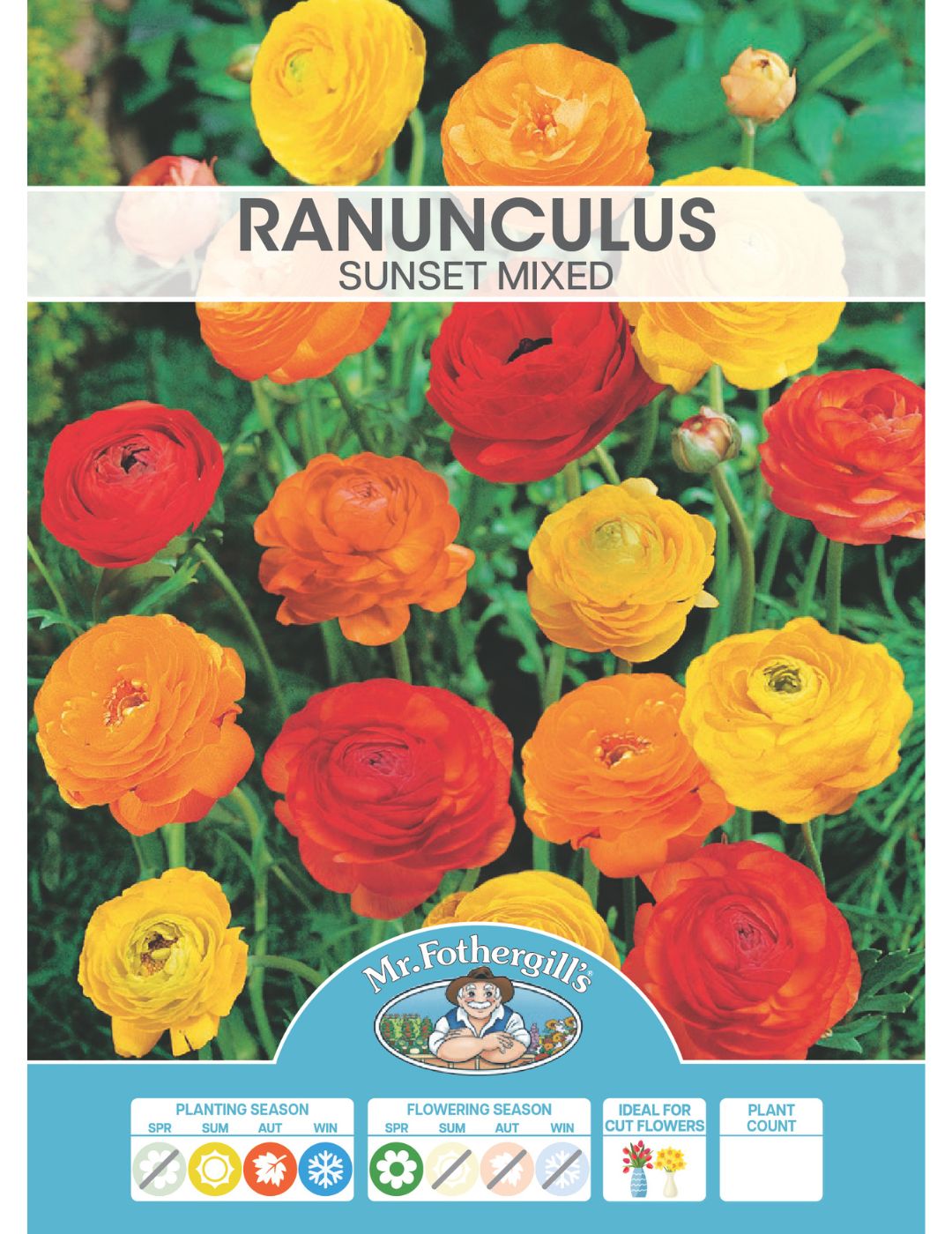
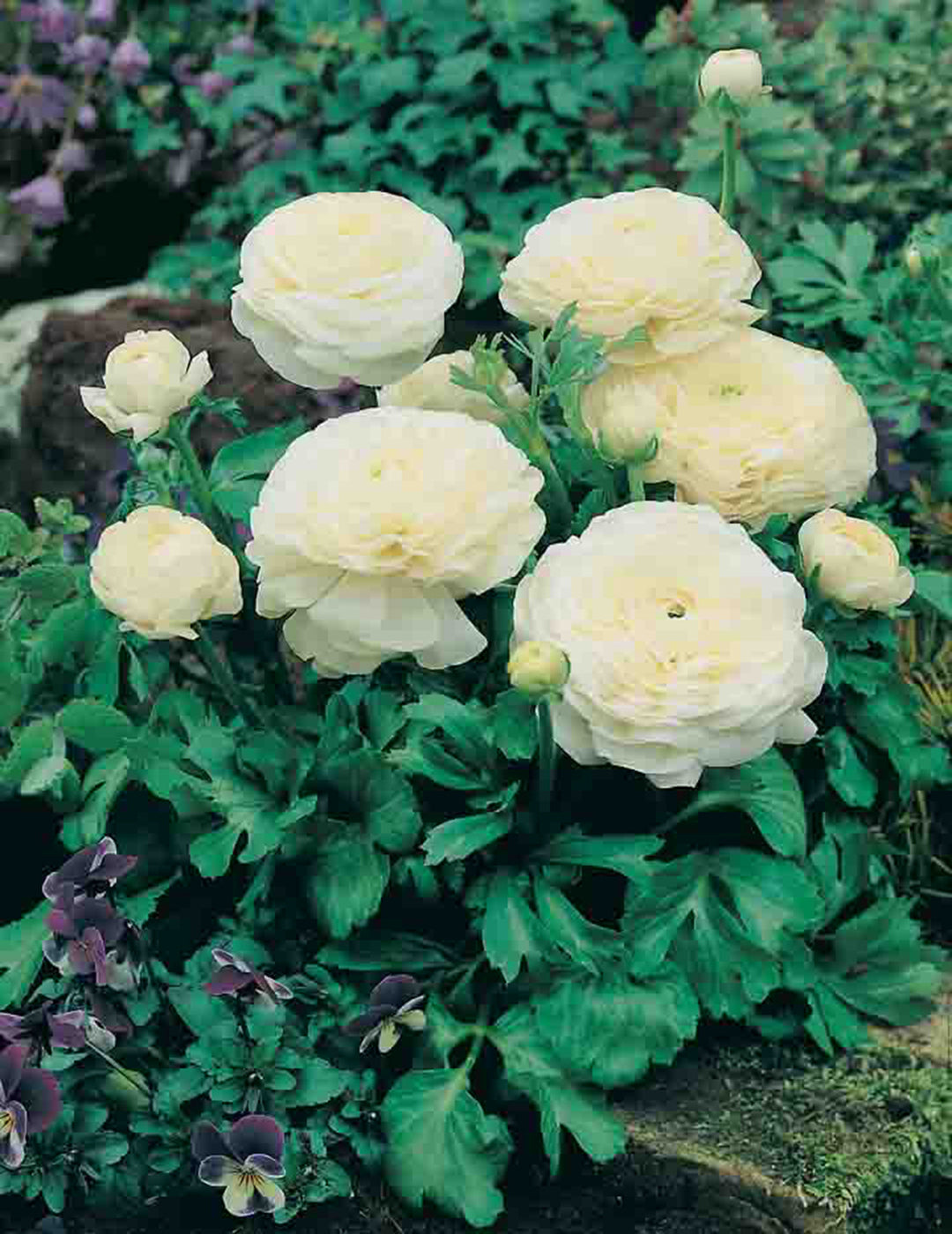
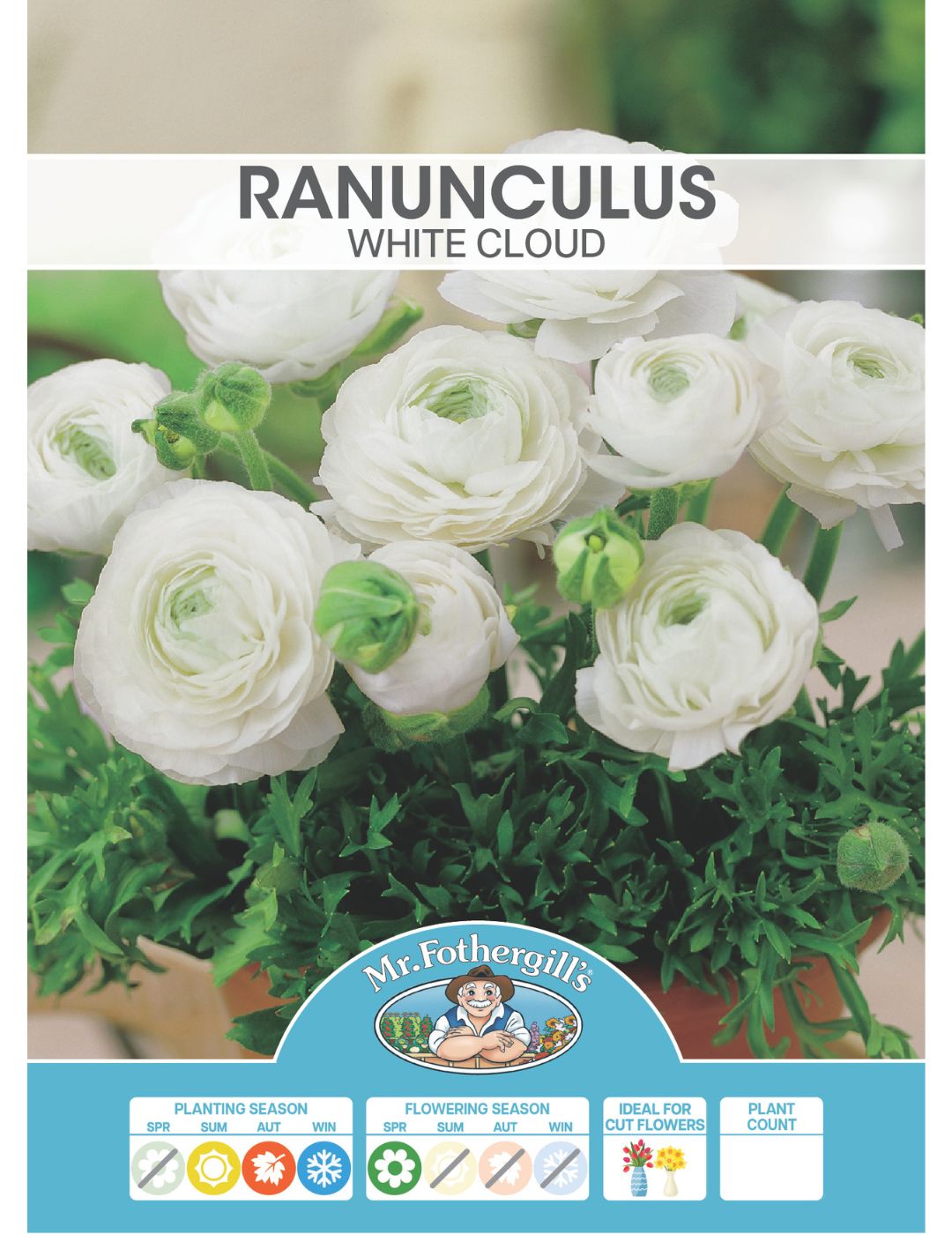
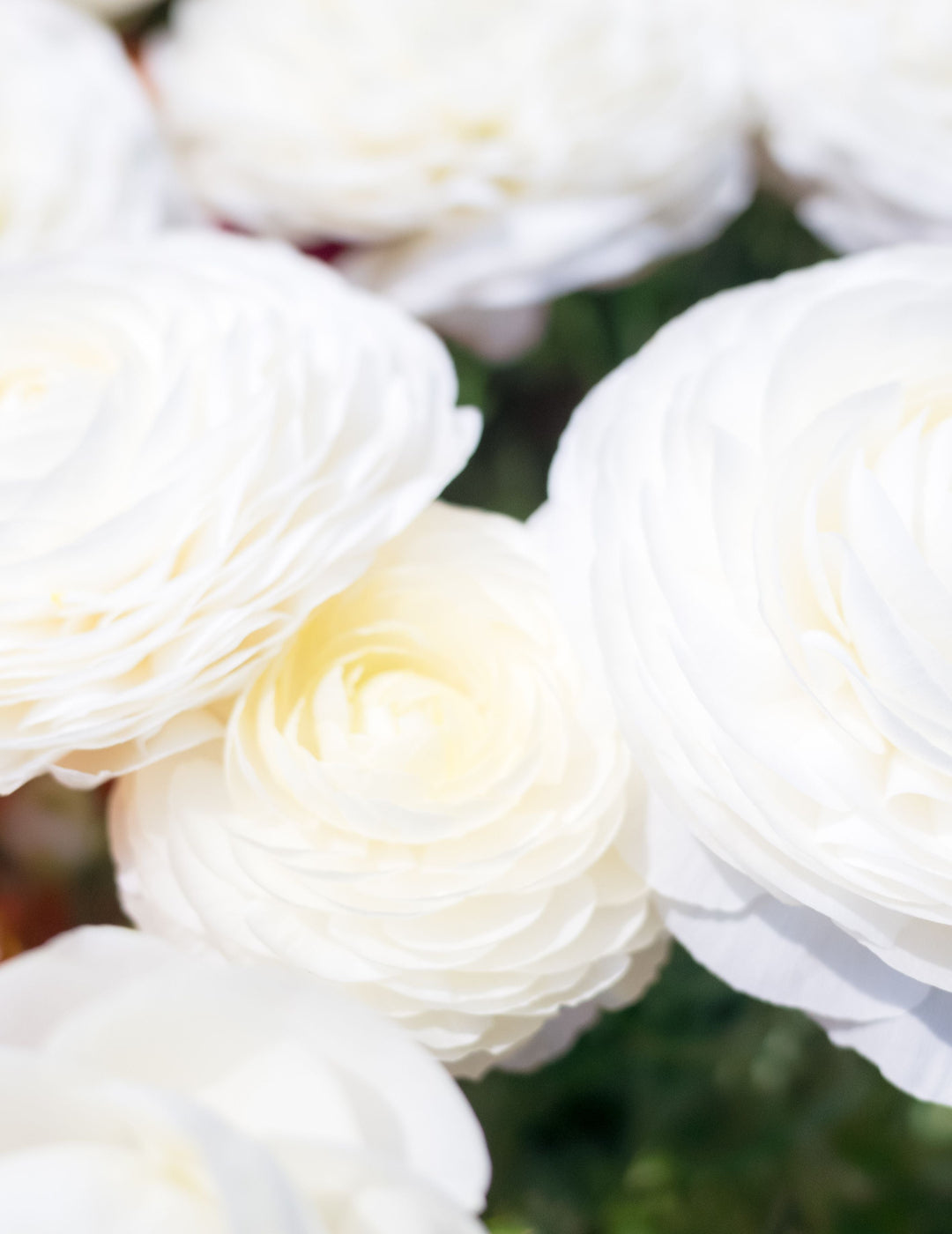
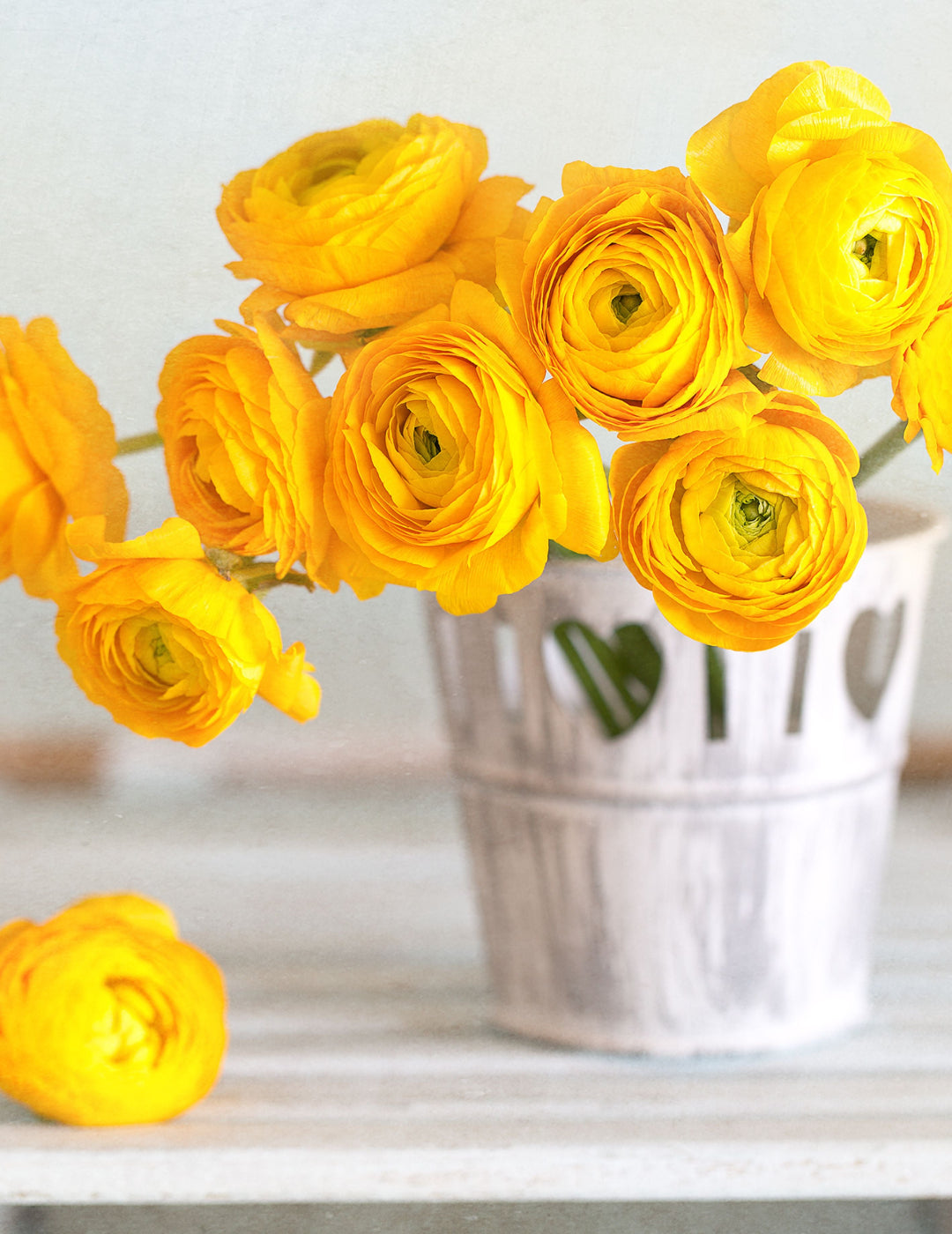

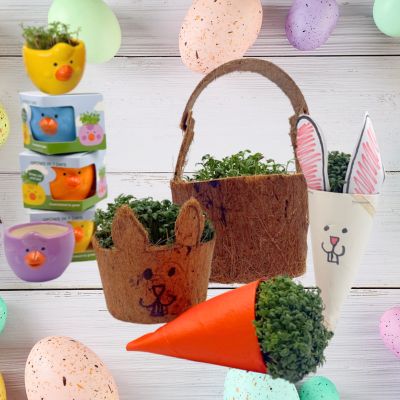



Leave a comment
All comments are moderated before being published.
This site is protected by hCaptcha and the hCaptcha Privacy Policy and Terms of Service apply.